We drove to Willunga from Maslins Beach leaving late morning on the relatively straight South Road arriving in time for lunch at Le Mistral. On the way we diverted to Fox Creek Winery to test local produce and came away satisfied. Willunga itself is a small place hosts an important stage in the Tour Down Under involving a heroic struggle up the notorious Willunga Hill. Only a couple of weeks ago, we watched on Sydney TV as Ritchie Porte, the Tasmanian rider won the stage (yet again) ending on the top of the hill. He won with a commanding lead having burned off his opponents half way up. As we drove up it, the car engine was clearly labouring its way down the auto gears as we careered around the seemingly never-ending bends. It was not Alpe Duez granted, but a challenge by any normal cycling standards.
Victor Harbour is a holiday town grown enormously since I first came here almost 50 years ago. The holiday homes have a permanent residence character about them and spread into the wetlands between here and Port Elliot our final destination for the day. Many people live here as home on tourism, wine making and farming. The Information Officer Pat was a mine of helpful tips about where to go in Kangaroo Island and how to make the most of our stay in Port Elliot and beyond. The short trip to Goolwa and the Murray Mouth with a short jump to Hindmarsh Island would be new territory. The last time we visited this area we approached the Coorong, a beautiful stretch of sand dunes from the eastern side. We will see it from the western side this time. It is 130 kilometres long and has been cut off from Lake Alexandrina by the construction of the Goolwa Barrages from Goolwa to Pelican Point during the late 1930s.
After a wet and windy night in Port Elliot, the rain eased off and we strolled down to the foreshore of Horseshoe Bay to see if the cafe is open for lunch. The Flying Fish was serving King George Whiting fillets with salad and chat potatoes walked off afterwards on a blustery walk along the foreshore. On the beach Adelaide High School kids frolicked while the teachers stood by. All along the front, we met heritage boards telling tales of shipwreck disasters.
Port Elliot is now a thriving tourist town but when it was selected as the major seaport for the Murray River trade, the tiny harbour became the shipwreck capital of the country, with seven ships wrecked there from 1853-64. In 1853 the Emu was the first ship to be lost along with four crew, but it was in the year 1856 that four came to grief. It turns out that the Flying Fish café is a namesake of the schooner that was destroyed by storm in December 1860. Apparently swimmers today can still feel the hull underfoot. Eventually, the railway line to nearby Victor Harbour was completed and the port was moved which meant that Port Elliot was no longer a centre of commerce. Its fate was determined by poor judgement about the suitability of the area for handling the produce of the Murray Region by sea. The idea was that nearby Goolwa would become the last point for shipping on the Murray River and Port Elliot was the best location for a port. The first Australian railway between Port Elliot and Goolwa was completed in 1854 operated by draught horses pulling the carriages along the line. Nowadays there is a steam train plying the tourist trade in busy times.
This is not a busy time we discover, especially in Goolwa on a grey windy Monday when the children are once again in school and adults are back to work after summer breaks. The paddle steamers are tucked away as if for winter and there is hardly anyone daring to surface on the water’s edge.
Since 2001, you can drive from Goolwa across a bridge to Hindmarsh Island en route to the mouth of the mighty River Murray. Hindmarsh Island (only 45.5 square kilometres) sits at the edge of the town. It has fresh water on its northern shore and salt water on the southern shores, the waters separated by a series of barrages. The terrain is grassland, wooded forest, salt lakes and mangroves. It is being recovered in some areas from decades of introduced cattle and sheep farming with multi-million dollar plant reclamation projects whilst in others it is falling to a luxury building development bringing in more people and the kind of activity that attracts them- pleasure boating, fishing, water sports and general consumption. The Marina Hindmarsh Island claims to be the largest freshwater marina in the Southern Hemisphere no less! I have no idea whether the right balance is being struck (or what that might be) but on the strength of a fleeting ill-informed visit, I can say I saw a landscape looking very alive with varied flora and avian life. I have since learnt that a third of the island has been made part of the Coorong National Park.
The Murray River was and probably still is, the lifeblood of South Australia but 50 years ago, urban children like me associated it only with something undrinkable and mud coloured bath water. It has been through terrible times through drought and rapacious use upstream and the area around the mouth is particularly vulnerable. Greedy states like NSW and Queensland siphoned off so much of its water for cotton growing even in drought times that it became almost unsustainable.
The good news is that there is good news:
The new year has started well for the Murray Darling Basin system, with the River Murray returned to its best health in years. High flows over recent months has inundated floodplains and wetlands, revitalising parched flora and fauna. But experts warn, the waterway is far from 'fixed' and the environmental water promised under the Basin Plan, will only go some way to secure its future. (ABC News 24 January)
Murray Mouth
At the Murray Mouth the sea and fresh waters meet to create the wonderful and unique environment for flora, birds and sea life called the Coorong. A low lying sand dredger does its vital work in keeping the sand from filling the narrow mouth entirely as happened in 1981. Youngsters floating with para-boards dare to skirt the edges of the water whilst on Pullen point opposite, 4-wheelers risk the incoming tide. Tiny little pipit like birds swarm on the water’s edge and overhead geese swoop in formation. Walking across the huge expanse of sands at low tide towards the frothing waves in the distance is a magical experience.
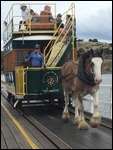
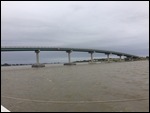
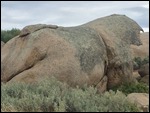
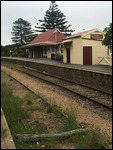
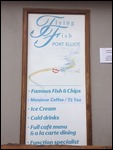
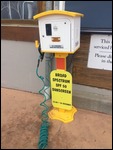
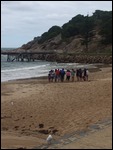
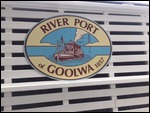
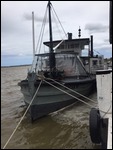
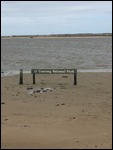
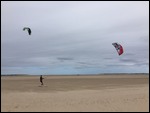
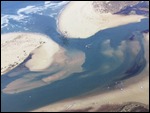

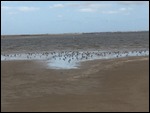
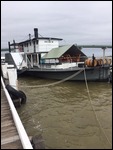
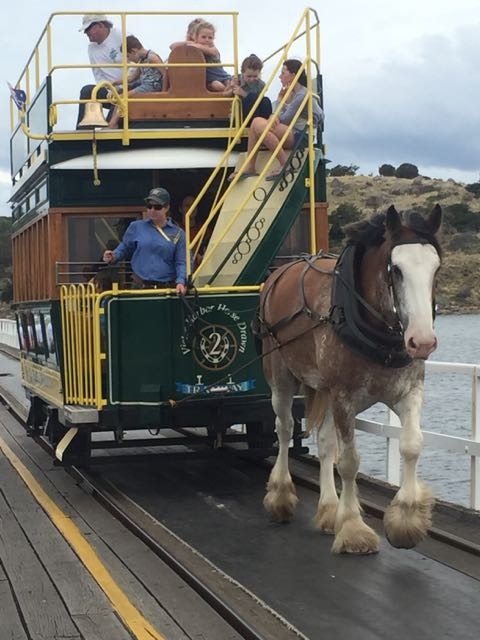
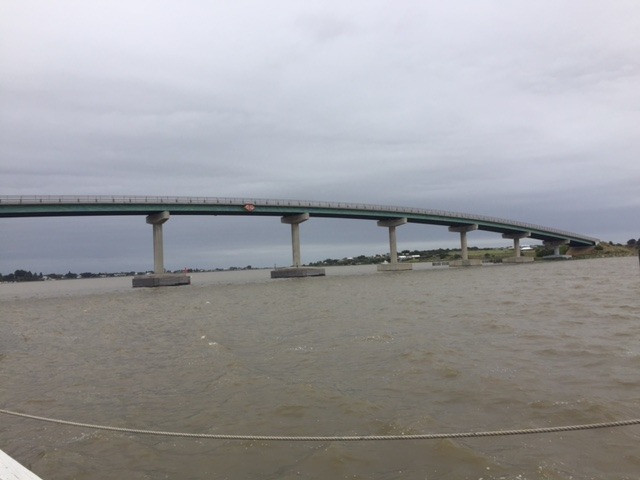
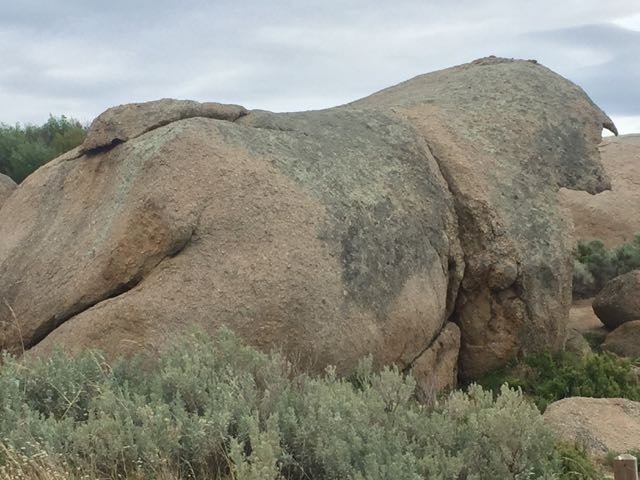
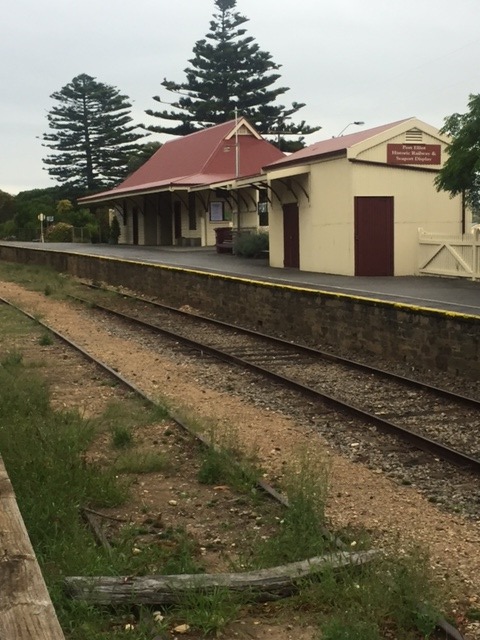
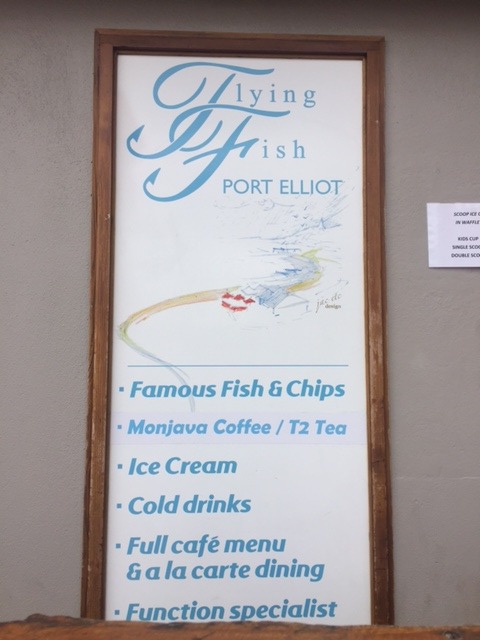

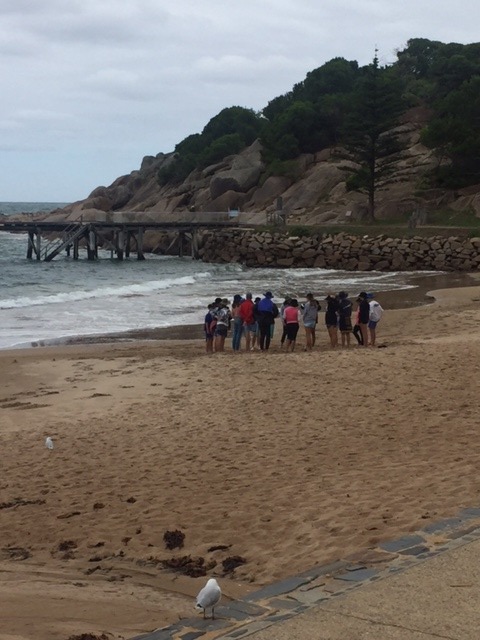

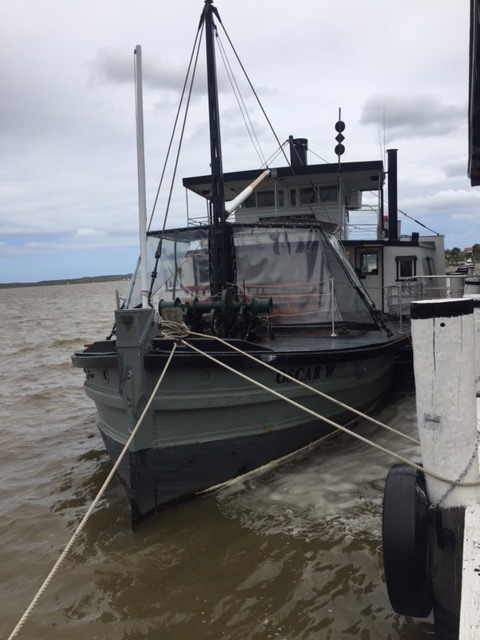
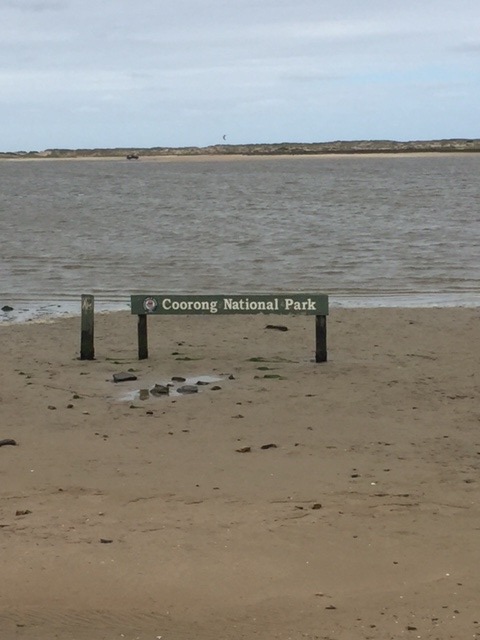
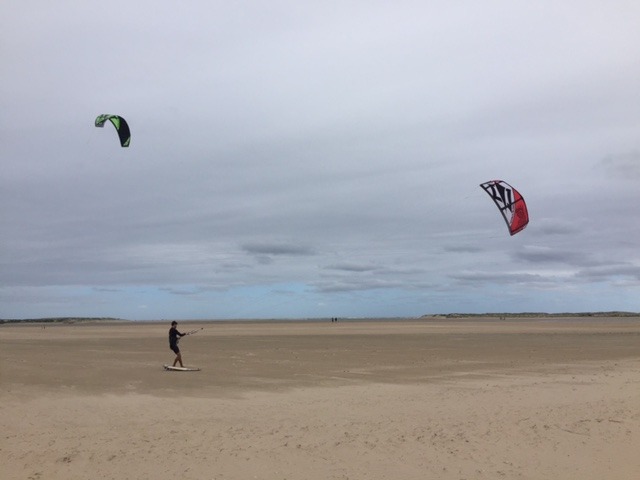
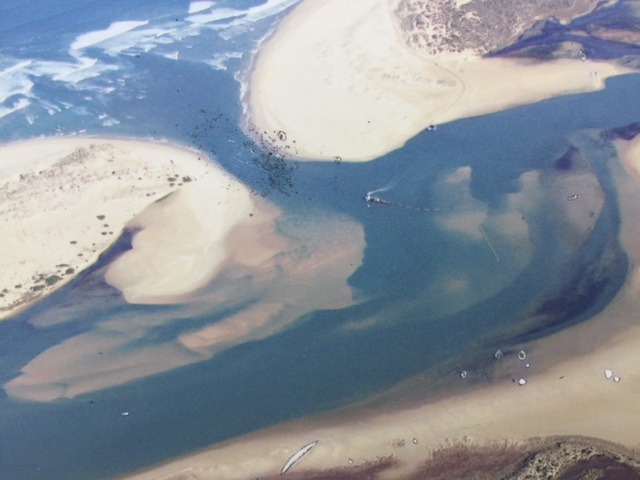

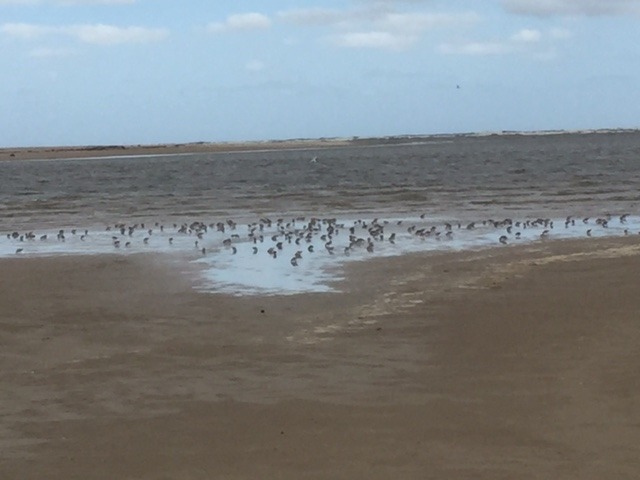
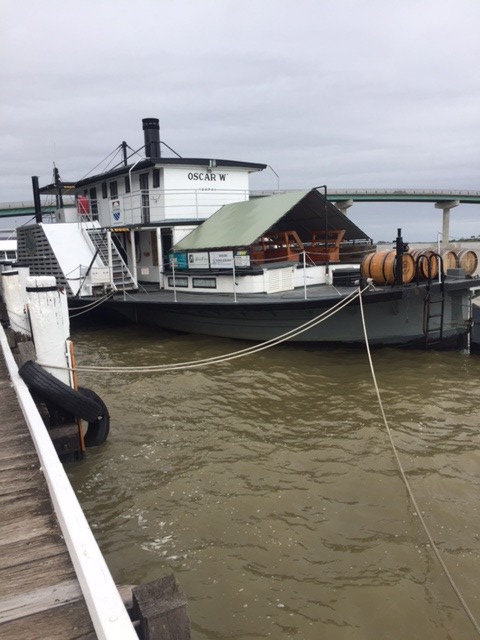
Comments